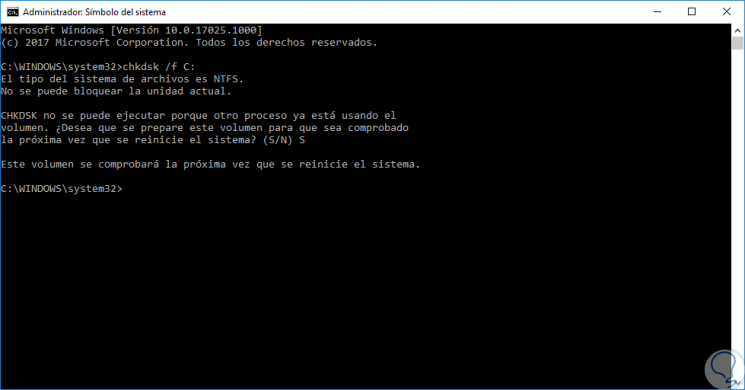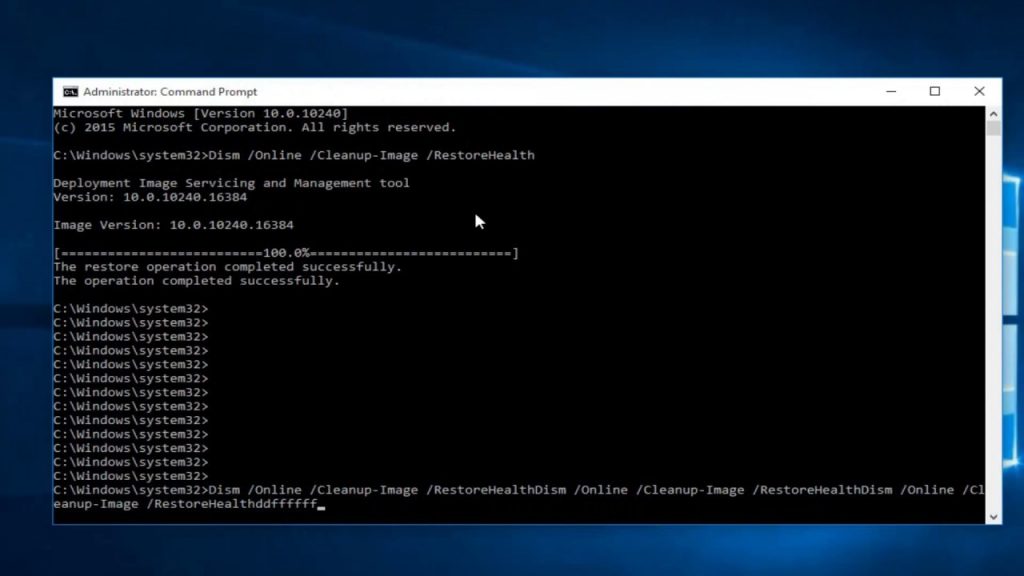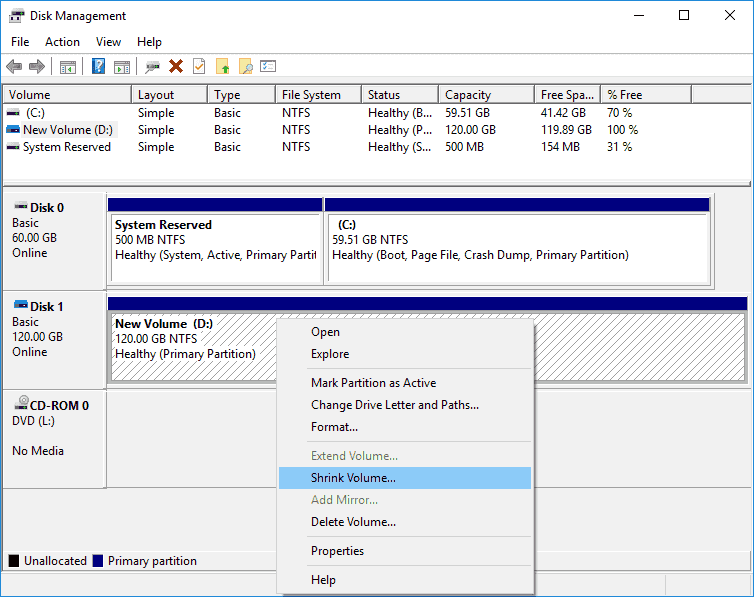
- #CANNOT FIND DISC IMAGE TOOLS IN WINDOWS 10 HOW TO#
- #CANNOT FIND DISC IMAGE TOOLS IN WINDOWS 10 INSTALL#
- #CANNOT FIND DISC IMAGE TOOLS IN WINDOWS 10 UPGRADE#
- #CANNOT FIND DISC IMAGE TOOLS IN WINDOWS 10 WINDOWS 10#
I have previously only used File Explorer but becoming more accustomed to using Powershell for this task.
Mounting an ISO file in Windows 10 is a common task that I do at least weekly and can be carried out via Powershell or the File Explorer in Windows 10.
Make a copy of the ISO file, place it anywhere and then mount it. The reason we see this error in Windows 10, is that the operating system flags downloaded files. “Sorry, there was a problem mounting the file.” Mount ISO file in Windows 10 Why this mounting error occurs If you download a Windows 10 ISO and try to mount it, you may receive the following error: Mounting errors in Windows 10 Sorry There Was a Problem Mounting the File Open a Powershell window, and enter the following command, changing the ImagePath to your path:ĭismount-DiskImage -ImagePath "path to ISO file" The second way of mounting an ISO file is by using Powershell. The ISO file is now mounted! How to mount an ISO file in Windows 10 using Powershell When mounting an ISO file in Windows 10, you can do it either via:īrowse to the ISO, which you want to mount, right-click, and press Mount.
Operating Systems (Windows 10, Windows Server, macOS, Linux, etc.). Typical content delivered using ISO files include: When you mount the ISO file in Windows 10 or any other operating system, a virtual drive is created with a new drive letter. If you are installing a new operating system on a computer, the most common scenario is to create a bootable USB. You still can burn the ISO file to a CD or DVD, but most people mount an ISO image in the operating system they are using or add it on a USB drive. We typically don’t have a CD or DVD reader or burner attached to our computers. The reason for this should be quite apparent. ISO files have replaced the previously used media: physical CDs and DVDs. In this blog post, I will cover how to mount ISO disc image files in Windows 10 and solve the error “Sorry there was a problem mounting the file.” What is an ISO file?  Install a piece of software, including applications and gamesīefore the functionality of mounting an ISO image file was built into Windows, Daemon Tools was one of the most popular solutions for mounting CD or DVD images. Verify the contents of an ISO file before creating bootable media. There might be many reasons you would want to mount an ISO disk image file in Windows 10:
Install a piece of software, including applications and gamesīefore the functionality of mounting an ISO image file was built into Windows, Daemon Tools was one of the most popular solutions for mounting CD or DVD images. Verify the contents of an ISO file before creating bootable media. There might be many reasons you would want to mount an ISO disk image file in Windows 10: 
Sorry There Was a Problem Mounting the File.

 How to unmount an ISO file in Windows 10 using Powershell. How to unmount an ISO file in Windows 10 using File Explorer. How to unmount an ISO file in Windows 10. How to mount an ISO file in Windows 10 using Powershell. At the Install now screen, use the Repair your computer link and then Repair.įrom here, you'll be redirected to the Advanced Startup menu, navigate to Troubleshoot > Advanced options > System Image Recovery, and follow the on-screen instructions to restore your Windows ISO system image. Note that you can still restore the disk image even if you have the Windows 8.1 installation media. Choose Restore, click Select Image File to select the backup image and restore data from it. In Advanced Startup Options, select Repair your Computer > System Image Recovery and follow the instructions, ensuring that Windows can find the ISO file. You can restore the Windows 8.1 disk image in Windows' Advanced options screen, which you will find by pressing F8 repeatedly when your PC boots up (or holding Shift as you click Restart).
How to unmount an ISO file in Windows 10 using Powershell. How to unmount an ISO file in Windows 10 using File Explorer. How to unmount an ISO file in Windows 10. How to mount an ISO file in Windows 10 using Powershell. At the Install now screen, use the Repair your computer link and then Repair.įrom here, you'll be redirected to the Advanced Startup menu, navigate to Troubleshoot > Advanced options > System Image Recovery, and follow the on-screen instructions to restore your Windows ISO system image. Note that you can still restore the disk image even if you have the Windows 8.1 installation media. Choose Restore, click Select Image File to select the backup image and restore data from it. In Advanced Startup Options, select Repair your Computer > System Image Recovery and follow the instructions, ensuring that Windows can find the ISO file. You can restore the Windows 8.1 disk image in Windows' Advanced options screen, which you will find by pressing F8 repeatedly when your PC boots up (or holding Shift as you click Restart). If a Windows 10 upgrade doesn't work out for you (perhaps you'll experience a reboot loop), having an ISO image to fall back on is a massive advantage. In a disaster recovery scenario, you will need to boot into the Windows 10 equivalent of Safe Mode to restore the image. With the ISO backup created, use the steps for Windows 8.1 below to restore the image in Windows 10. To repair Windows 10 image problems with the DISM command tool, use these steps: Open Start. You can then proceed as detailed in the Windows 7 section above.








 0 kommentar(er)
0 kommentar(er)
